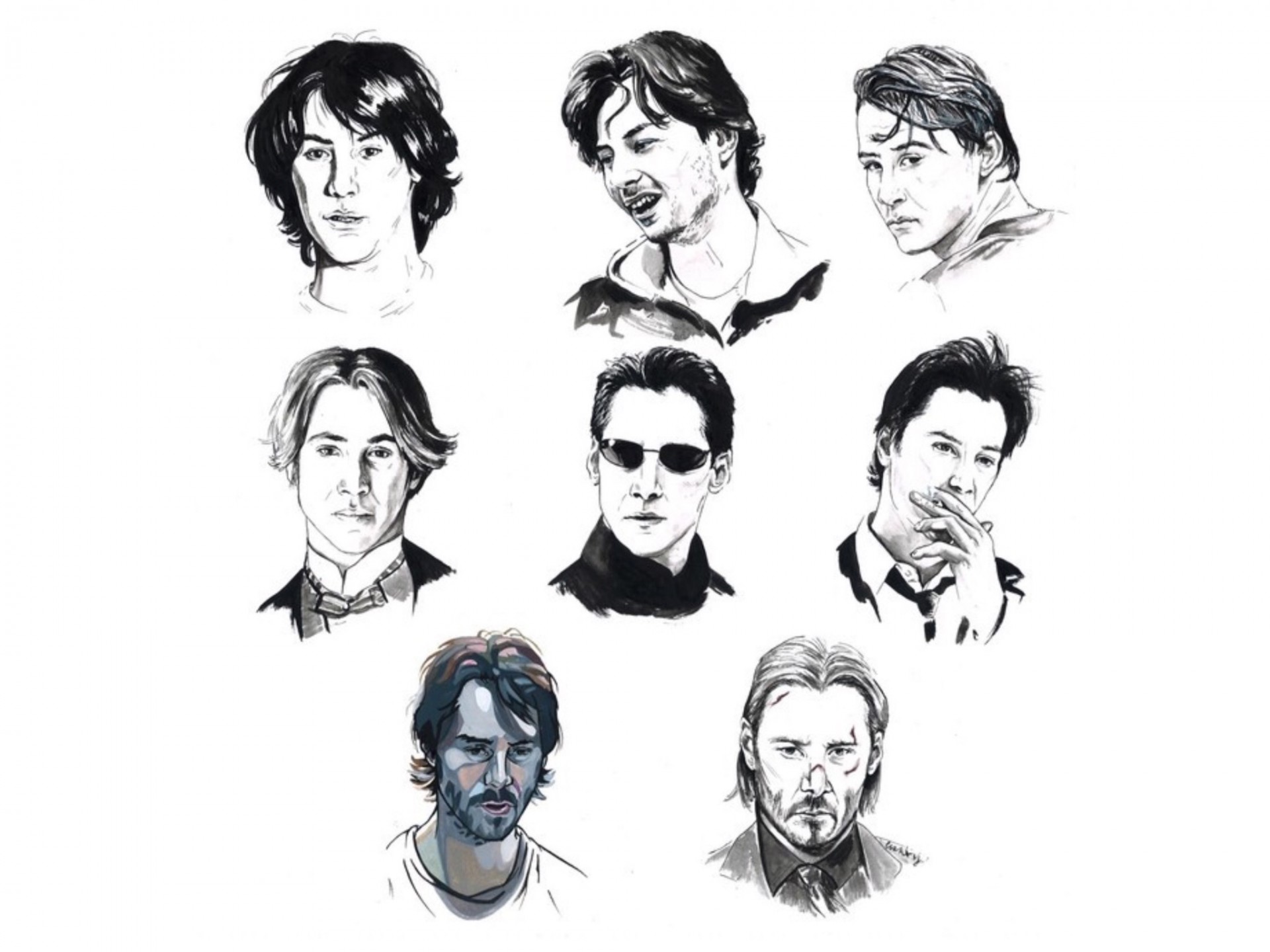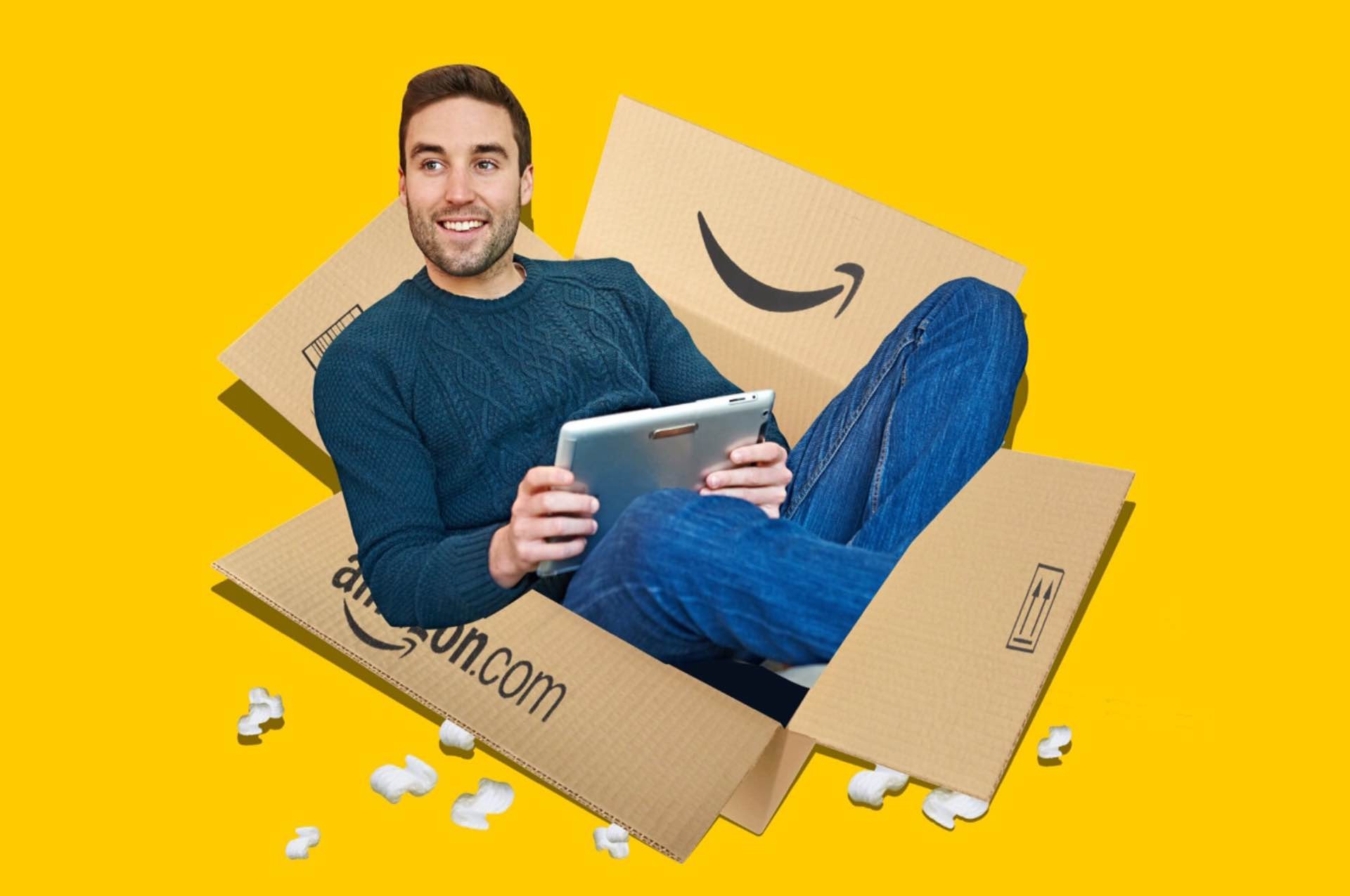Welcome to this week’s edition of our Friday Quality Linkage column. Please enjoy this week’s collection of interesting and entertaining links. Brew a fresh cup of coffee, find a comfortable place, and relax.

Illustration: Victor Juhasz
The Koch Brothers’ Dirty War on Solar Power »
Tim Dickinson, Rolling Stone:
The rise of distributed solar power poses a triple threat to these monopoly gains. First: When homeowners install their own solar panels, it means the utilities build fewer power plants, and investors miss out on a chance to profit. Second: Solar homes buy less electricity from the grid; utilities lose out on recurring profits from power sales. Third: Under “net metering” laws, most utilities have to pay rooftop solar producers for the excess power they feed onto the grid. In short, rooftop solar transforms a utility’s traditional consumers into business rivals.
[…]
Few industries are worse equipped to deal with disruption than power utilities. Their profits depend on infrastructure investments that pay off over a generation or more. “Utilities are structured to be in stasis,” says Zach Lyman, partner at Reluminati, an energy consultancy in Washington, D.C. “When you get fully disrupted, you’ve got to find a new model. But utilities are not designed to move to new models; they never were. So they play an obstructionist role.”
In one way I’m not surprised by this behavior by power utilities, but it’s still frustrating to see them be so ardently and blatantly getting in the way of progress.
Think about how much pure sunlight hits our collective rooftops and other city surfaces every single day, only to go to waste. We should be harnessing that power and moving into the future, not clinging to outdated and harmful energy sources.
Related: The Kochs are apparently also planning to launch an assault on the electric vehicle industry. You know, people like this are going to be left in the dust one day — no matter how hard they fight the inevitable — and the world will be better for it.
“Be a Boss to Snap Like a Boss” »
Ben Rosen of BuzzFeed asked his 13-year-old sister to teach him how to use Snapchat:
I’m mesmerized. What’s even the point of sending snaps to each other if you don’t look at them? Am I crazy? That seems so unnecessary. Still, this is adult-brain talking. If I wanted to be one of the teens, I needed to just accept it and press on.
ME: What does Dad say when he sees you doing this?
BROOKE: Parents don’t understand. It’s about being there in the moment. Capturing that with your friends or with your expression. One of the biggest fights kids have with their parents is about data usage.
ME: Really? Because you’re using too much?
BROOKE: Yeah. This one girl I know uses 60 gigabytes every month.
ME: 60 GIGS?!?!? Is that for real??
BROOKE: Yeah. [laughs]. ME: Wow. OK, what else do you do during the day?
BROOKE: I look at the new filters. Those are VERY big. I’ve only bought about three of them, but there are new ones like every day.
ME: How often are you on Snapchat?
BROOKE: On a day without school? There’s not a time when I’m not on it. I do it while I watch Netflix, I do it at dinner, and I do it when people around me are being awkward. That app is my life.
Speaking as a 30-year-old guy still trying to understand Snapchat — much less “snap like a boss” — the way these kids are using it is absolutely ponderous to me. Then again, I’m just a NARP…or something.

Photo: Jon Premosch, BuzzFeed News
Digital Digging: How BuzzFeed Built an Investigative Team Inside a Viral Hit Factory »
Speaking of BuzzFeed (but on a more serious note), Benjamin Mullen of Poynter examined the growth and relative success of their improbably-good investigative reporting team:
At BuzzFeed, [investigations and projects editor Mark Schoofs, who heads up the “I-team”] has faced the challenge of building an investigative culture from scratch. His strategy? Place bets on people, not beats. Schoofs doesn’t scour the ranks of America’s newspapers looking for education reporters or finance reporters — he looks for good reporters and gives them latitude to tackle out a wide variety of stories.
“I made the decision I was just going to hire great reporters who would sniff out amazing stories,” Schoofs said. “Who would basically go out the Serengeti, kill the game and drag it back.”
I remember the first time I heard that BuzzFeed had published a big investigative story, and I was definitely skeptical at the time but not anymore. Their team is good.

Photo: Eric Ray Davidson, GQ
Justin Bieber on His Health, His Love Life, and Whether He’s Truly “Sorry” »
Let me state up front that I don’t know much about Justin Bieber or his music, only that he’s one of those pop stars everyone above a certain age seems embarrassed to listen to. I myself am not about to volunteer my time on that front.
I also normally wouldn’t have any particular interest in reading interviews with him, or stories about him. But this one by Caity Weaver of GQ is so well-written and surprisingly entertaining:
“It is an early-January afternoon, and Bieber and I are sitting in a private open-air cabana on the rooftop of the hotel in Beverly Hills where he now lives. Bieber moved into this hotel almost two years ago, after he sold his six-bedroom Calabasas mansion to Khloé Kardashian, following numerous clashes with neighbors and police. (His skate ramp was removed.) He is slight, with rashes of tattoos spreading down both arms. His hair, cropped close on the sides but long enough on top to be tied in a short bleached ponytail, is tucked under a gray Supreme beanie. His feet are snuggled into a pair of café au lait Yeezy Boosts. He is wearing what could be anywhere from two to 41 black sweatshirts of various lengths, layered, and distressed leather pants that retail for $2,590. Everyone else by the pool is wearing clothes; he is wearing fashion. When he arrived just a few minutes ago, he was escorted by a Def Jam executive for the five-second walk from the elevator to this cabana.
“Are you Justin?” I asked.
“I must be,” he replied.”
I mean, what an opening. And it only gets better:
It’s hard not to feel a little bad for Bieber, for losing his monkey to Germany. I tell him I wouldn’t expect a teenager to be totally up-to-date on the ins and outs of German wildlife-transport policy. A shadow passes over his face.
“Honestly, everyone told me not to bring the monkey. Everybody.”
He says this with such gravity that I burst out laughing. Bieber does not.
“Everyone told me not to bring the monkey. I was like, ‘It’s gonna be fine, guys!’ It was”—he shuts his eyes—“the farthest thing from fine.””
The Grace of Keanu Reeves »
I hate to do another “speaking of” in the same column, but speaking of ridiculed celebrities, the editors of RogerEbert.com argue that his acting skills aren’t given the credit they deserve:
Through a variety of high profile blockbusters, low-key dramas, and interested misfires in period pieces, Keanu is still stuck in the amber of our first impression; we don’t treat him with the seriousness he deserves. At best, Keanu is regarded as a guilty pleasure. At worst, he’s seen as a truly bad actor of little worth. No matter where you fall, you likely believe he isn’t worthy of critical study or even much respect for his craft. But this image—of odd blankness, affability but dim wit, worth only found in action films—ignores how purely cinematic his acting style is. For Keanu, acting isn’t a mode of transformation but a state of being. He transmutes story into flesh.
I have to agree. I’ve never understood why everyone is so harsh on Keanu; the man is good at what he does. His extensive career is no accident.
Tony Zhou of the Every Frame a Painting video essay series — who I found this piece from — agrees:
I've always felt Keanu makes more sense if you compare him to Chinese/Japanese actors, not American ones. @mattzollerseitz @angelicabastien
— Tony Zhou (@tonyszhou) February 10, 2016
If you put Keanu in a scene next to Anthony Wong or Hiroyuki Sanada, he'd be among peers. @mattzollerseitz @angelicabastien
— Tony Zhou (@tonyszhou) February 10, 2016
The NFL’s Magic Yellow Line, Explained »
Ever wonder how they CGI that yellow line in, in real time, without obscuring the players? Me too. Thankfully, Joss Fong, Estelle Caswell, and Gina Barton of Vox have us covered:
Since the late 1990s, the virtual yellow line has been quietly enhancing football broadcasts by giving viewers a live, intuitive guide to the state of play. The graphic is engineered to appear painted on the field, rather than simply plopped on top of the players, so it doesn’t distract from the game at all.
The Shut-In Economy »
Lauren Smiley of Medium’s Matter publication:
We’re now deep into the bombastic buildout of the on-demand economy— with investment in the apps, platforms and services surging exponentially. Right now Americans buy nearly eight percent of all their retail goods online, though that seems a wild underestimate in the most congested, wired, time-strapped urban centers.
Many services promote themselves as life-expanding — there to free up your time so you can spend it connecting with the people you care about, not standing at the post office with strangers. Rinse’s ad shows a couple chilling at a park, their laundry being washed by someone, somewhere beyond the picture’s frame. But plenty of the delivery companies are brutally honest that, actually, they never want you to leave home at all.
Even as a certified Hermit Person™, I can’t imagine wanting to outsource literally every aspect of my life in the world just so I can never leave home. Those little moments, the casual strolls outside, and yes, even running errands…that’s the stuff life is made of.
Got any suggestions for articles, videos, stories, photographs, and any other links you think we should be posting in our weekly Quality Linkage? Please do let us know on Twitter.


